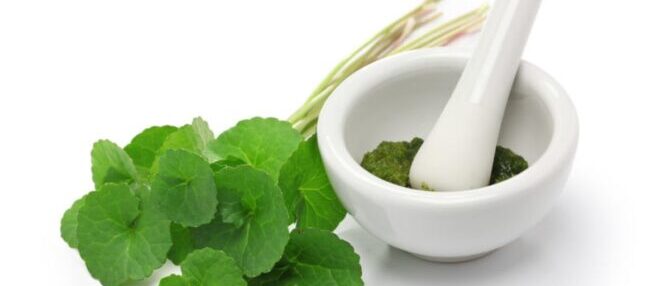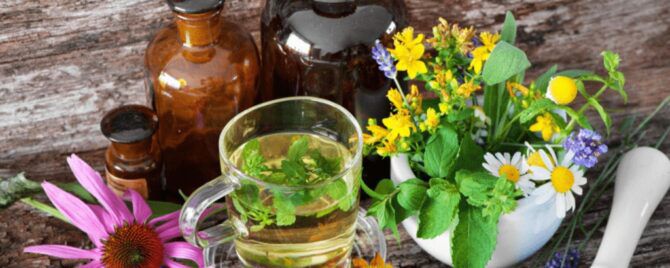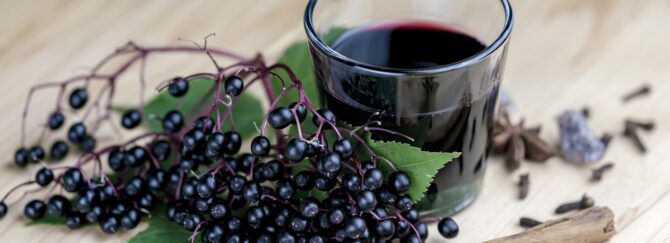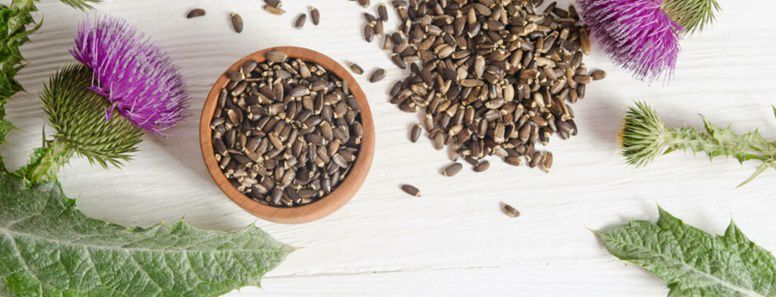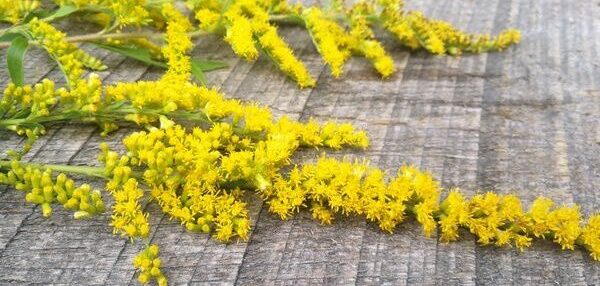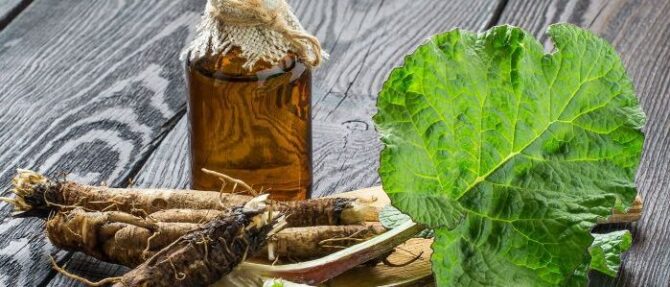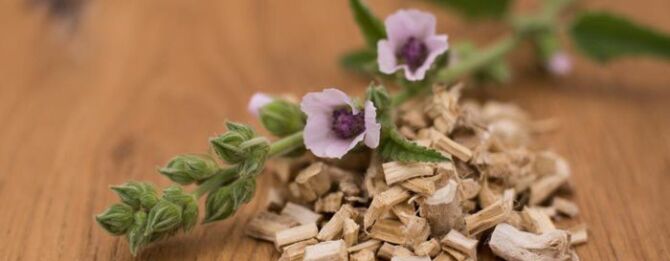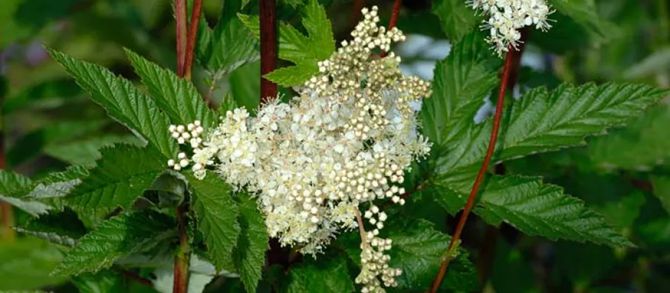Herbal Remedies
Gotu Kola Medicinal Uses
Gotu Kola Medicinal Uses. Gotu kola (Centella asiatica) is a perennial groundcover that’s a member of the same plant family as parsley and carrots. It is commonly known as Pennywort. It grows abundantly in the wetlands of Asia, South Africa, and Australia.
Gotu kola is an important natural remedy in Chinese, Indonesian, and Indian Ayurvedic medicine — its health benefits are legendary. In traditional Chinese medicine, gotu kola is believed to promote longevity and, in fact, its Chinese name means “fountain of youth.”
Gotu Kola Medicinal Uses Overview
Gotu Kola has been used as a medicinal herb for thousands of years in many parts of Africa and Asia. It has natural antiviral and antibacterial properties and also helps in boosting the immune system.
- Its ability to heal wounds, improve mental clarity, and treat skin conditions such as leprosy and psoriasis gave it the reputation of being one of the “miracle elixirs of life”.
- In Zimbabwe, Gotu Kola is considered to be a powerful aphrodisiac, while the Hosa and the Mfengu tribes in East Africa have used it both as a nourishing food and a valuable medicine for many years.
- In traditional African medicine it has been used extensively for the treatment of leprosy, bronchitis, asthma, syphilis and wound healing.
- It re-vitalizes the nerves and brain cells, increases attention span and concentration, and combats aging.
- In Ayurvedic medicine, it is known as a “brain food”. It has been used in India for 3,000 years for boosting memory, wound healing, as a mild diuretic, for increasing concentration, alertness, as well as anti-anxiety and anti-stress, and to relieve hypertension.
- Today, American and European herbalists use Gotu Kola for disorders that cause connective tissue swelling.
- The Gotu Kola plant’s anti-tumour and wound-healing properties have been clinically proven – it contains triterpenoid saponoids that help to promote cell replication. It increases the reproduction of peripheral blood vessels and connective tissue, improves circulation and helps to retain/restore elasticity of the skin.
- In India, the plant has been used to treat dermatitis, diabetes, cough, cataracts and other eye conditions, and to improve memory.
- In Europe, an infusion of the aerial parts of the plant was used to purify the blood and treat wounds, ulcers, dermatitis, and hypertension.
- A similar infusion has been used in Indonesia and Brazil to help improve memory.
- In Malaysia, the plant was used to treat respiratory ailments such as bronchitis and asthma, as well as gastric complaints (including dysentery), kidney disorders, urethritis, and edema.
- In Malaya, an infusion from the plant is sold as a tonic and cold beverage to treat liver ailments, tuberculosis, and blood in the urine.
- Historically, Japan valued the plant for its diuretic and detoxicant properties
Gotu Kola Herbal Preparations and Uses
Parts Used: Leaves; may include small amounts of stem, flower, and fruit.
Preparations of Gotu kola can be used internally in the from of a tea, a tincture or in powder form in capsules. It can also be used topically in the form of poultices, compresses, soaks, and infused oils.
Infusions & Tinctures – Is used to purify the blood and treat wounds, ulcers, dermatitis, hypertension & improve memory. It is also used to treat respiratory ailments such as bronchitis and asthma, as well as gastric complaints (including dysentery), kidney disorders, urethritis, and edema.
Powder – Gotu kola powder made from dried leaves can be ingested in capsule form. It can be taken for any and all of the medicinal benefits of the Gotu kola herb.
Poultices & Compresses – Applied topically to heal wounds. The primary active constituents of gotu kola may prevent excessive scar formation by inhibiting the production of collagen at the wound site. Applying gotu kola to second-degree burns seems to decrease the time that it takes for burns to heal.
Gotu Kola Herbal Recipes
Gotu Kola Tea
In the teapot place 1 teaspoon of crushed or cut fresh or dried gotu kola leaves per cup of water. Pour the boiling water into the teapot and replace the lid. Let the herbs infuse for 10 to 15 minutes. The longer you let the herbs steep, the stronger the tea will be.
Brew a concentrated tea, strain it, and soak a clean washcloth in the tea when it’s still warm. Apply the cloth to the affected area several times a day. The proportions of plant material to water aren’t essential for this use — simply make the tea about three times as strong as you would make a tea to drink.
Disclaimer
Medicinal Information:
All medicinal information on this website is for educational and informational purposes only and may not be construed as medical advice. The information is not intended to replace medical advice or treatment offered by healthcare professionals.
Seeds, Plants, Plant Cuttings, Geophytes and Dried Herbs:
In some countries and provinces, certain plants are deemed as invasive and are not allowed to be planted at all, whilst some plants are allowed to be grown only in certain areas or provinces. The onus is on you as the buyer to familiarize yourself with the regulations pertaining to your location, before purchasing any of our seeds, plants, plant cuttings, geophytes or dried herbs. We will not be held liable, should you purchase any seeds, plants, plant cuttings, geophytes or dried herbs. from us which are prohibited in your country or province.

